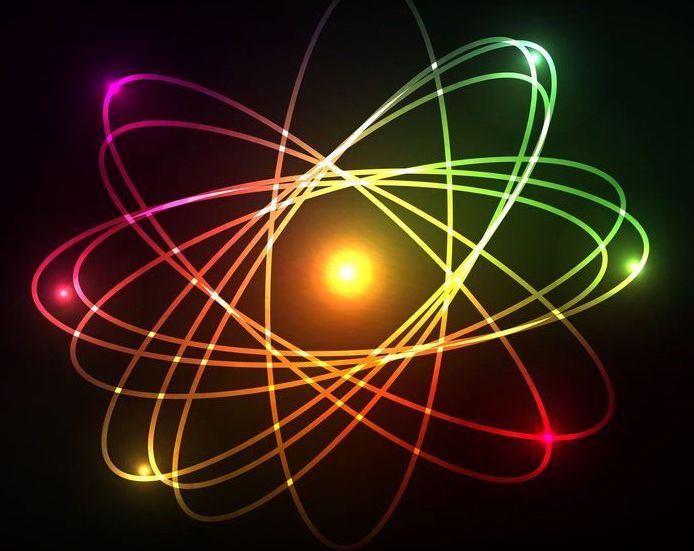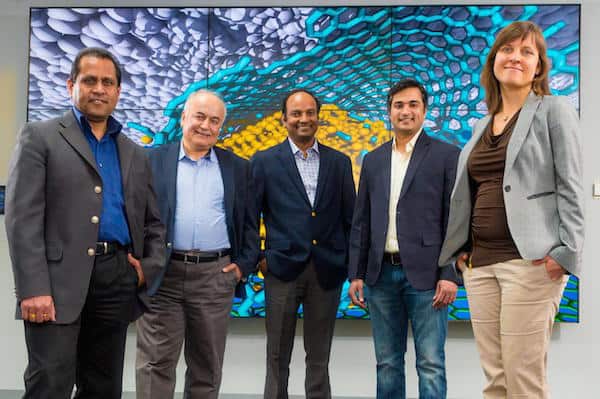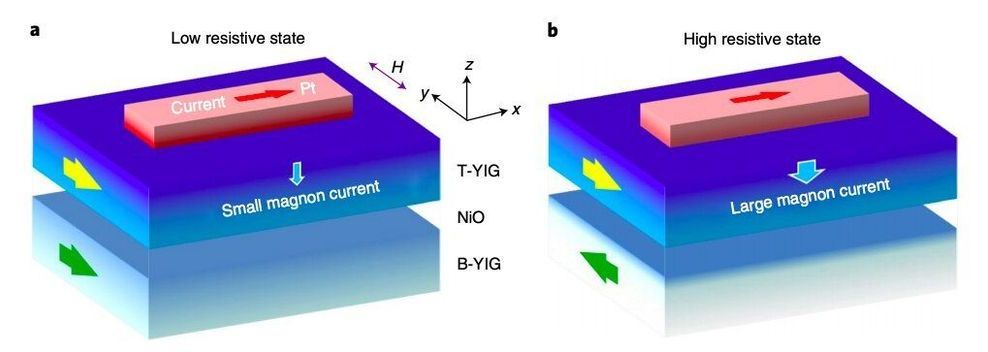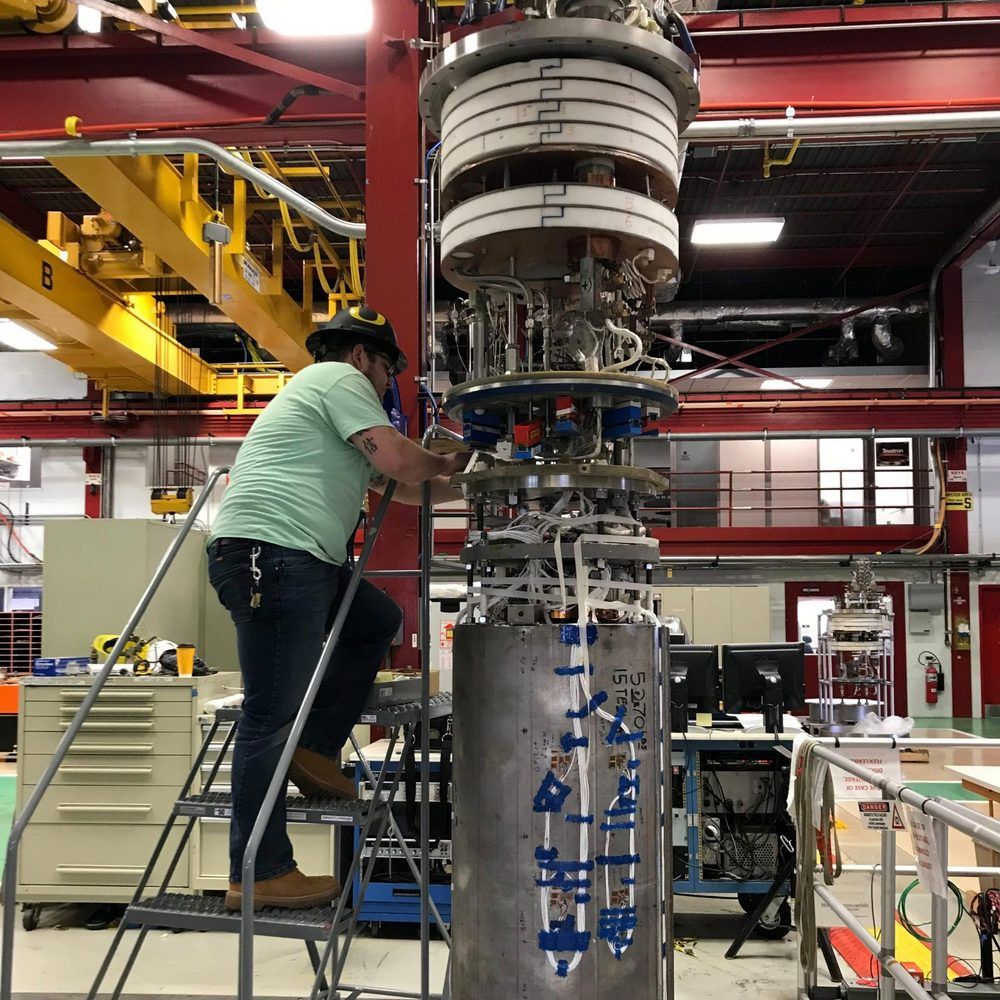“Strange metals” have that name for a reason – these materials exhibit some unusual conductive properties and surprisingly, even have things in common with black holes. Now, a new study has characterized them in more detail, and found that strange metals constitute a new state of matter.
So-called strange metals differ from regular metals because their electrical resistance is directly linked to temperature. Electrons in strange metals are seen to lose their energy as fast as the laws of quantum mechanics allow. But that’s not all – their conductivity is also linked to two fundamental constants of physics: Planck’s constant, which defines how much energy a photon can carry, and Boltzmann’s constant, which relates the kinetic energy of particles in a gas with the temperature of that gas.
While these properties have been well observed over the years, scientists have had a hard time accurately modeling strange metals. So in a new study, researchers from the Flatiron Institute and Cornell University set out to solve the model, right down to absolute zero – lower than the lowest possible temperature for materials.





